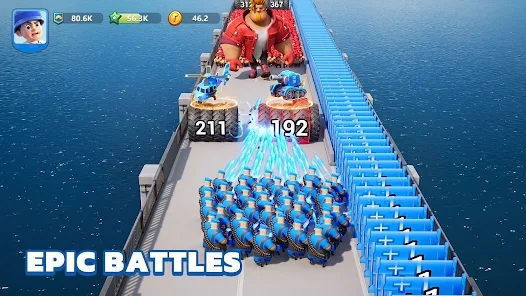Welcome to the World of Role-Playing Game Development
RPG games aren’t just thrilling for players. They also provide creators with immense flexibility, especially in building games from scratch. For beginners, it might appear daunting. But once you figure out the structure, your journey into crafting worlds and designing unique realms could become deeply gratifying – even therapeutic for the creative mind.
Step-by-step Guide to Creating Your First RPG Build
- Determine Your Vision
What genre? Fantasy or sci-fi? Who are your primary characters? Define the narrative tone first. - Gather the Tools Needed
Tools matter – game engines such as Unity and RPG Maker MV are favorites. Consider compatibility, platform support and asset needs before picking one. - Map out Your Quests and Levels
Use diagrams or story boards. Keep player flow smooth yet engaging by adding challenges at logical points.
Best Practices to Master Game Crafting (With Secrets the Grumps Won’t Teach You)
- Avoid over-repetition early on. Bland missions turn off players quickly.
- Tweak AI responsiveness if you want dynamic NPC behavior during a 10 minute power hour mode where players get intense bursts of gameplay satisfaction like ASMR for gaming enthusiasts.
Understanding Why RPG Mechanics Captivate Millions in Latin America
| Risk | Consequence | Mitigation Tips |
|---|---|---|
| Mechanic Imbalance | Frustation from users mid-game | Hire testers, listen without bias |
| Lack of Visual Consistency | Distracted attention while navigating levels | Set art guidelines upfront. Stick rigidly to color palettes |
How to Balance Combat Systems Without Turning Off Casual Gamers
This part often gets tricky because hardcore RPG veterans crave complexity, yet newcomers fear steep learning curves … So here's an easy way: start simple. Then let players unlock layers of advanced mechanics organically as they progress. Like adding sweet potato fries to an everyday burger meal - unexpected twist, but makes everything richer. (Speaking of that, what do sweet potatoo fies really pair nicely with anyway?)
In short: Don't throw complex spells too soon. Make sure combat rewards smart play, not grind time. Give choices during battle.
-
Main Takeaway Checklist:
- Breathe original life through custom narratives.
- Select the best engine matching your goals.
- Test repeatedly across regions like Perú, Chile, Ecuador, to gauge local resonance;
- Keep your core audience engaged with steady feature upgrades post launch
Evolving Your RPG Beyond the Basics – What Real Players Love
Some say true greatness comes later – not when initial quests shine, but how players return again after monthes of exploring elsewhere. Here are hidden secrets top studios follow but rarely talk about publically:- Spend on audio design, particularly ambient sounds …
- Add subtle easter eggs only keen eyes discover after dozens of runs;
- Prioritize localization to languages beyond Spanish, think Quecha or Aimara to tap Perú’s culture deeper;
Your Path Forward: From Hobbyist Dreams to Professional Builds
There's never been a more exciting moment. Tools available today enable dream-chasers with laptops to compete creatively with AAA giants. And thanks to online platforms – from indie game markets up to Twitch communities — visibility has become surprisingly achievable provided passion is woven tightly alongside skill.Remember this mantra throughout your project:
Every legendary title began with a single scene built around something meaningful [like how the most unlikely combo ends up perfect, like pairing sweet potato fries alongside spicy black beans] 🍠].
Final words? Craft responsibly and dare boldly – Your RPG doesn’t need a throne room tomorrow. Start small, build smarter. Then slowly rule kingdoms you've only seen in dreams before clicking 'compile build' for the very first time 🧙♂️


